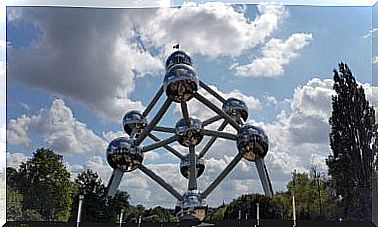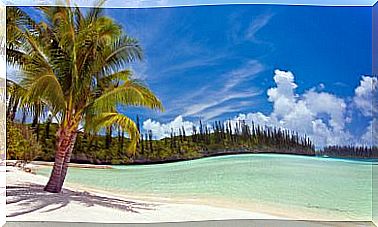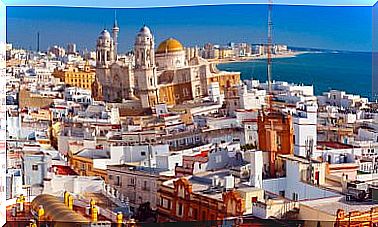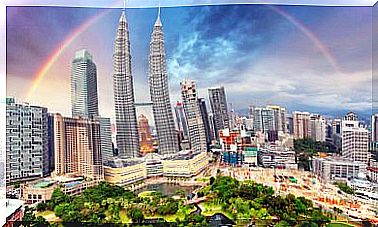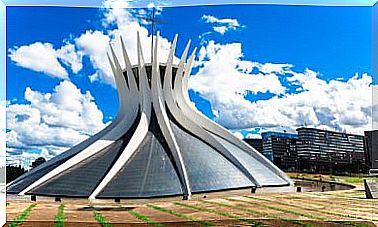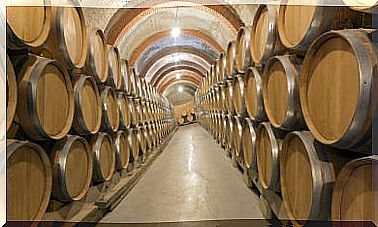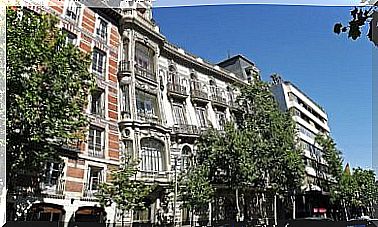Alaior, The University City Of Menorca

The University of the Balearic Islands has its headquarters on the island of Majorca, but over the years it has been establishing branches on the other islands. In Menorca, the city chosen to establish this headquarters was not its capital, Mahón, nor Ciutadella, another of the best-known cities. The place chosen was Alaior. Why was this small city in the interior of the island chosen?
Alaior, a university city in the Middle Ages?
Since 1398, there is documentation of an institution called the University of Alaior in this Menorcan town. This data leads to think that Alaior was indeed already a university town and, therefore, it was decided to establish a UIB headquarters there.
The existence of this university would mean that Alaior was the third oldest in the Crown of Aragon —more than Barcelona, Valencia or Zaragoza— and one of the oldest of the set of ancient kingdoms that today make up Spain.
However, the records on the University of Alaior did not refer to what we currently know as a university. Rather, it was a form of organization for population centers that lacked privileges or constituted bodies for their government.
Thus, from the thirteenth century, in the Crown of Aragon there were “universities”, which were nothing more than a kind of assembly in which the heads of the family of the locality in question met to make important decisions.
Having ruled out the theory that it arose in the Middle Ages, what is the reason why this town was chosen as the headquarters of the University of the Balearic Islands?
Alaior, a mixture of cultural and natural heritage
Since the human occupation of the island of Menorca between 2200 and 1000 BC, Alaior has always been populated. Despite this, it was not until the Catalan-Aragonese conquest of 1287 that the population of the island was concentrated in towns.
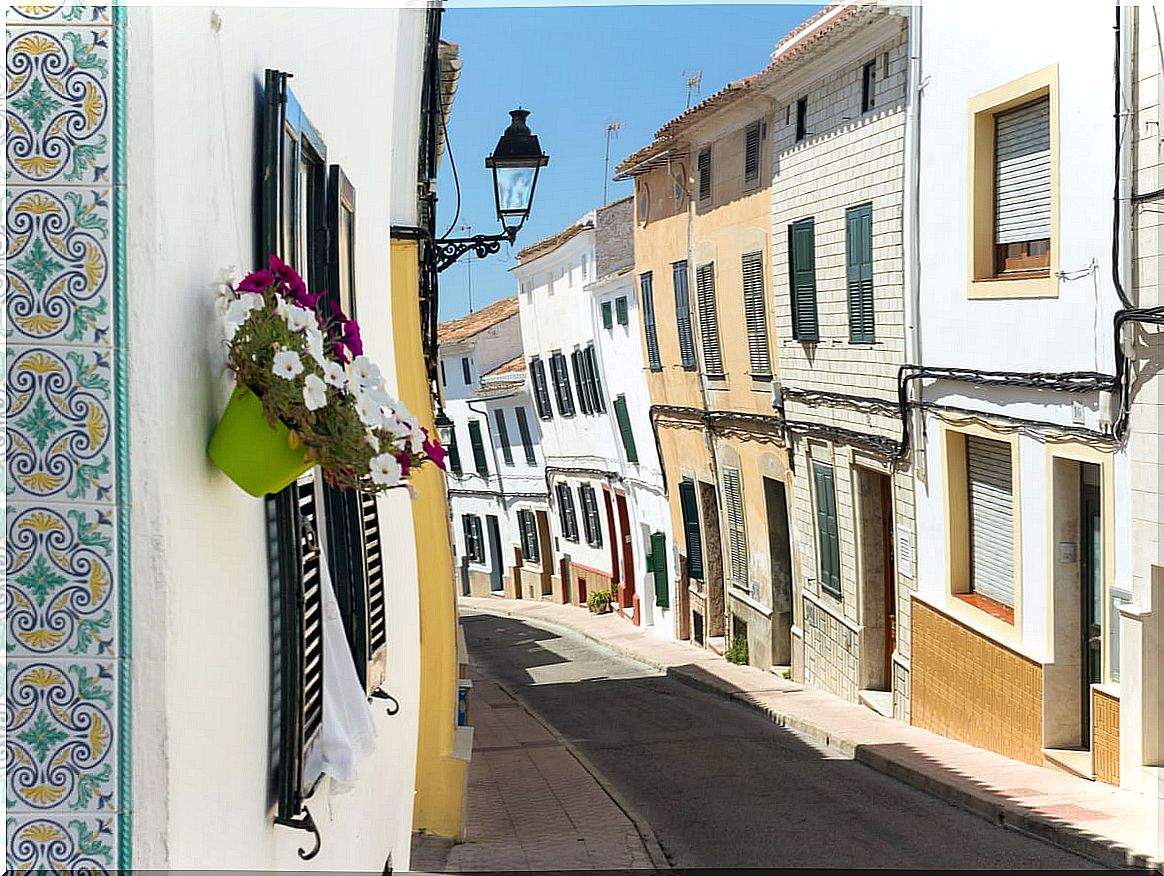
It was at this time that the town of Alaior was created. Documentation from 1301 attests to the existence of the Parish of Santa Eulàlia, a figure to which the church built on top of a hill was dedicated. This is the church that we can admire today, that of Santa Eulàlia and, around which the town of Alaior was built.
Some of the must-see buildings in Alaior
In Alaior, archeology lovers will be able to enjoy different sites. They will have the opportunity to visit prehistoric towns such as Torralba d’en Salort or the Torre d’en Galmés, also the early Christian basilica of San Bou or the necropolis of Calascoves, a space that was operational from the 9th to the 2nd century BC.
Parish of Santa Eulàlia
As we pointed out, at the beginning of the 14th century there were already documentary records of the parish of Santa Eulàlia. Despite this, the building that we can see today was built between the years 1630 and 1690. It seems that some elements of the previous building were kept, such as the archivolts of the side façade or the main wall.
It is a simple but beautiful Renaissance-style construction with certain Baroque elements. It has a single nave plan with a barrel vault supported by transverse arches; in it we find six side chapels. It is worth mentioning the size of the church, as it is the most spacious on the island.

Its main façade stands out, formed by two overlapping rectangular bodies. Another element of interest is the baroque altarpiece of the main altar built by the Majorcan sculptor Joan Ribot.
It is a building that is characterized by its great robustness and it is not surprising, because due to the continuous attacks by Berber pirates on the island, its inhabitants needed large and solid structures to take refuge.
Convent of San Diego and the Patio de Sa Lluna
The San Diego convent was founded by Franciscan monks in 1623. This is a religious complex made up of a church and the convent itself. The architectural style used to build the complex was Baroque.
The cloisters were one of the fundamental parts of the convents and in San Diego it is known as the Patio de Sa Lluna. This space, classified as an asset of cultural interest, is a courtyard surrounded by a structure of arcades in the center of which we find a well.

It should be noted that, after the confiscation of Mendizábal in the 19th century, the convent passed into the hands of the State. It was used as a military barracks and as private homes. Currently, it has become a cultural space for the Alaior City Council.
Sant Pere Nou hermitage and Gràcia chapel
The hermitage of Sant Pere Nou is a small construction located at the beginning of the so-called Camí Nou. The plant has a single nave, with three chapels on each side. At present it does not offer liturgical services, but it is available for those who want to get married in it.
On the other hand, the Gràcia chapel is a small church built near sa Plaça. It was built in the middle of the 16th century, but it was rebuilt in 1734.
Today, it is the building where the tourist information office is housed. Therefore, there you can “kill two birds with one stone”: visit this chapel and find out about the activities that can be done in Alaior.
A bit of nature
In Alaior we can not only admire its architectural heritage, but nature lovers will have the opportunity to combine both. Thanks to the two cycling routes of more than 30 kilometers that exist in the municipality, fans of this activity will be able to feel the Mediterranean air on their faces.
The ravine des Rellotge or Cala en Porter is one of the six most extensive ravines in the south of the municipality. Those who love to walk surrounded by nature will discover from old bridges with great ethnological value, diverse orchards and, finally, one of the greatest attractions of the island, the beach.
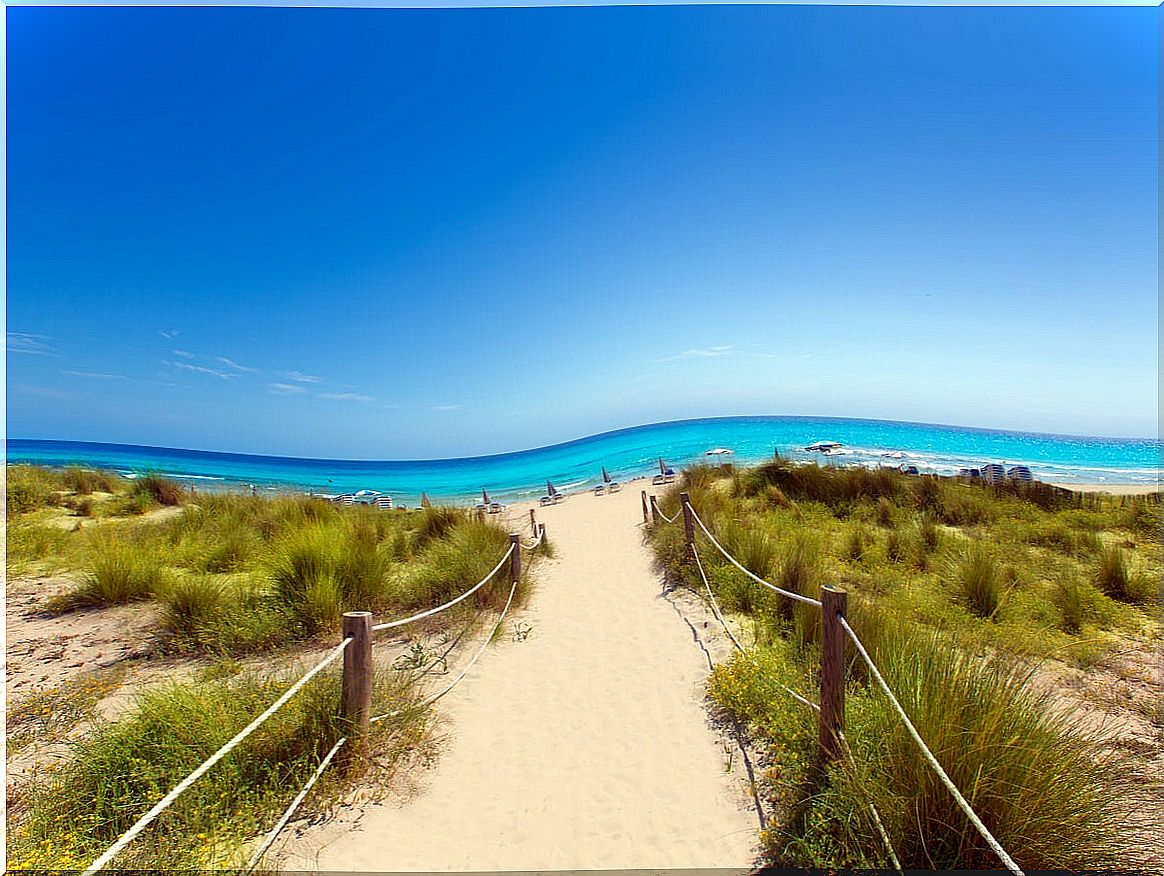
On this occasion, the ravine ends at Cala en Porter. After the walk you will surely fancy a bath!
Platja de son Bou is one of the largest on the island and belongs to the municipality of Alaior. It is an area of great ecological value, rich in animal and plant species.
Who wouldn’t go to study in Alaior?
Many students are forced to leave their home towns and go to study elsewhere. Although for many it is an uncomfortable situation, it can also be interpreted as an opportunity to get to know new cities and cultures.
If this is your case, after taking this brief tour of the university city of Alaior, you could well consider it the perfect place to start your university studies.

